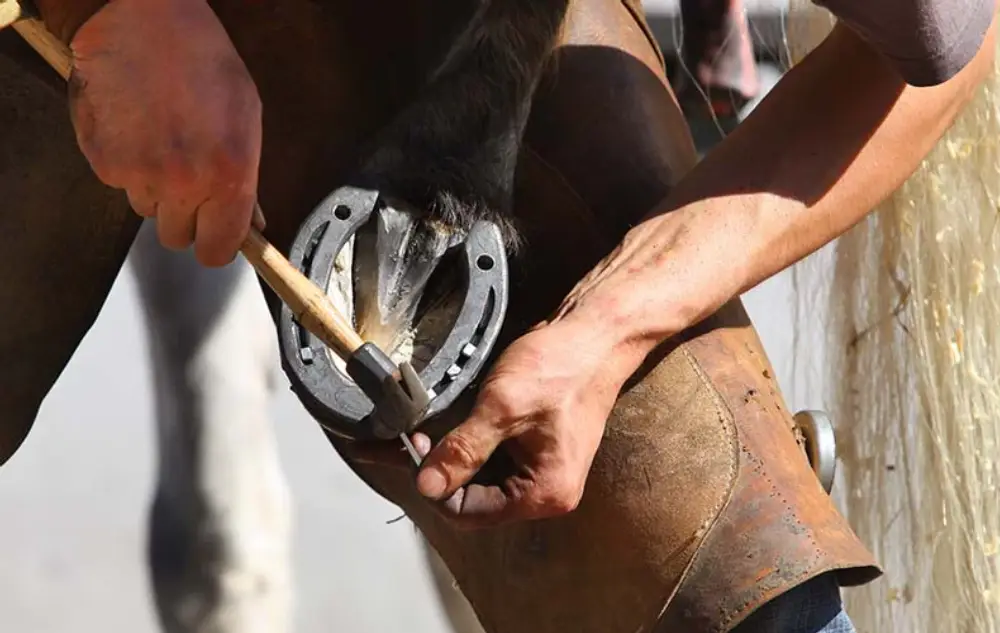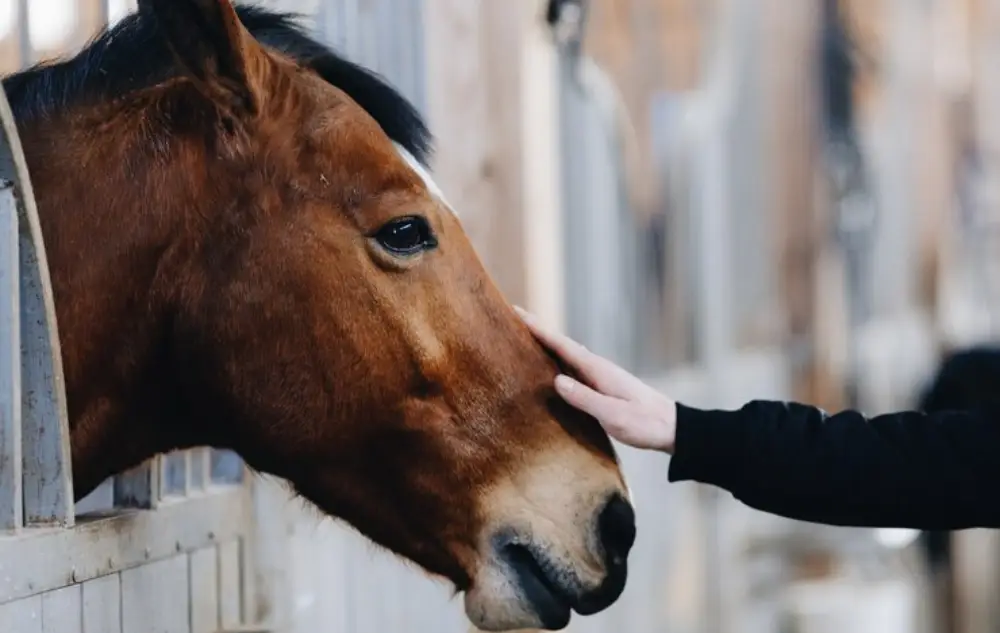Original Authentic & Trusted Manufacturer

Becoming a master farrier is more than just a trade—it’s a blend of art, science, and a deep understanding of equine anatomy and biomechanics. As a professional farrier, your goal is to ensure that every horse under your care remains sound, comfortable, and in optimal health. To achieve this, mastering farrier techniques and adhering to best practices is essential. In this blog, we’ll explore the key techniques and best practices that can elevate your craft and help you stand out as an expert in the field.
1. Understanding Equine Anatomy and Hoof Structure
The foundation of all farrier work lies in understanding the horse’s anatomy, particularly the lower limb and hoof structure. A solid grasp of how different parts of the hoof—such as the hoof wall, sole, frog, and digital cushion—function and interrelate allows farriers to make more informed decisions about trimming and shoeing. An expert farrier is always attuned to the subtle anatomical differences that affect each horse’s gait, balance, and overall well-being.
2. Proper Hoof Trimming Techniques
Trimming the hoof correctly is a critical skill that directly impacts a horse’s balance, stride, and comfort. Always start by assessing the horse’s conformation, hoof angles, and any unique requirements. Use high-quality farrier tools, such as nippers, rasps, and hoof knives, to carefully trim the hoof, ensuring that you maintain a balanced toe-heel alignment. Regular and precise trimming helps prevent common hoof problems such as laminitis, thrush, and hoof cracks.
3. Choosing the Right Horseshoe for Each Horse
Selecting the appropriate horseshoe for a horse is both an art and a science. Factors such as the horse’s activity level, hoof condition, conformation, and any existing injuries or ailments must all be considered. For instance, sport horses may require lightweight aluminum shoes, while draft horses might need heavy-duty steel shoes. Additionally, therapeutic shoes can help address specific issues like laminitis or navicular syndrome. Familiarize yourself with different types of shoes—such as heart bar, egg bar, or rocker-toe shoes—and their specific applications.
4. Mastering Shoe Fitting and Forging Techniques
A well-fit shoe is essential for a horse’s performance and comfort. Learn to accurately measure the hoof and select a shoe that provides adequate coverage without excess length. In some cases, forging custom shoes is necessary to accommodate unique hoof shapes or conditions. Perfect your hot shoeing skills, which involve heating and shaping the shoe on an anvil to achieve a perfect fit. This technique helps to ensure maximum contact between the hoof and the shoe, reducing the risk of shifting or discomfort.
5. Nail Placement and Shoe Attachment
Correct nail placement is crucial to secure the shoe without causing damage to the sensitive inner structures of the hoof. Always aim for a balanced nail pattern, ensuring the nails exit at the correct height and angle. This minimizes the risk of “nail bind,” where the nails impinge on sensitive tissues, causing pain or lameness. Using high-quality clinchers and driving hammers, carefully bend and clinch the nails to secure the shoe in place.
6. Continuous Learning and Staying Updated
The field of farriery is constantly evolving with new techniques, materials, and research. To maintain your expertise, it’s crucial to stay updated on the latest developments in hoof care, shoeing methods, and equine health. Attend workshops, webinars, and farrier clinics regularly to learn from other professionals and expand your skill set. Joining professional farrier associations can also provide valuable networking opportunities and resources for continuous improvement.
7. Communicating with Horse Owners and Veterinarians
Effective communication is a key component of a successful farrier practice. Build a strong rapport with horse owners and veterinarians to ensure that your work aligns with the horse’s overall care plan. Educate your clients about proper hoof care maintenance, the importance of regular trims, and signs of potential hoof problems. A collaborative approach with veterinarians can also help address complex hoof health issues and enhance the well-being of the horses you care for.
8. Prioritizing Safety and Horse Welfare
Always prioritize safety for both yourself and the horse. Use appropriate restraint techniques to keep the horse calm and controlled during the shoeing process. Wear protective gear, such as safety boots, gloves, and eye protection, to minimize the risk of injury. Remember, a calm and well-handled horse is more likely to stand quietly, allowing for precise and efficient farriery work.
Conclusion: Elevate Your Craft with Expertise and Passion
Mastering farrier techniques and adhering to best practices is an ongoing journey that requires dedication, skill, and a passion for equine welfare. By continually refining your techniques, investing in quality farrier tools, and staying current with the latest industry developments, you can elevate your practice to new heights. At EPISURG, we support professional farriers by providing high-quality farrier tools and resources that meet the demands of this intricate craft. Choose the right tools, stay informed, and continue to grow your expertise as a leading farrier professional.
Related Posts
Farriers are the unsung heroes of the equine world, meticulously caring for the foundation of a horse's health: its hooves....
read more
13
Aug
The Ultimate Guide to Horse Riding Tools and Equipment for Equestrians
Horse riding is a timeless sport that demands the right tools and equipment to ensure both rider and horse experience...
read more
18
Jul
Mastering Hoof Care with EPISURG's Premium Farrier Tools
In the world of equine care, the importance of high-quality farrier tools cannot be overstated. Ensuring the health and well-being...
read more




